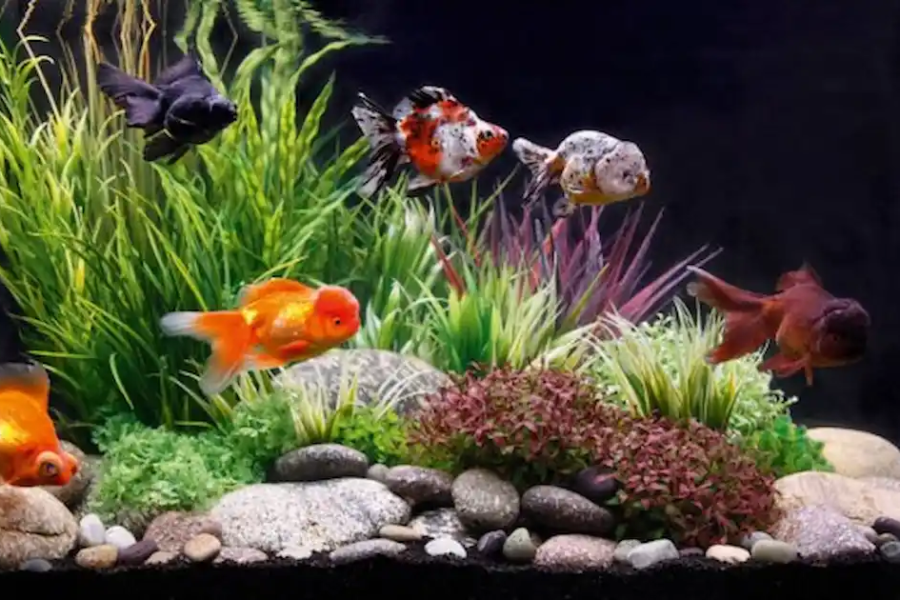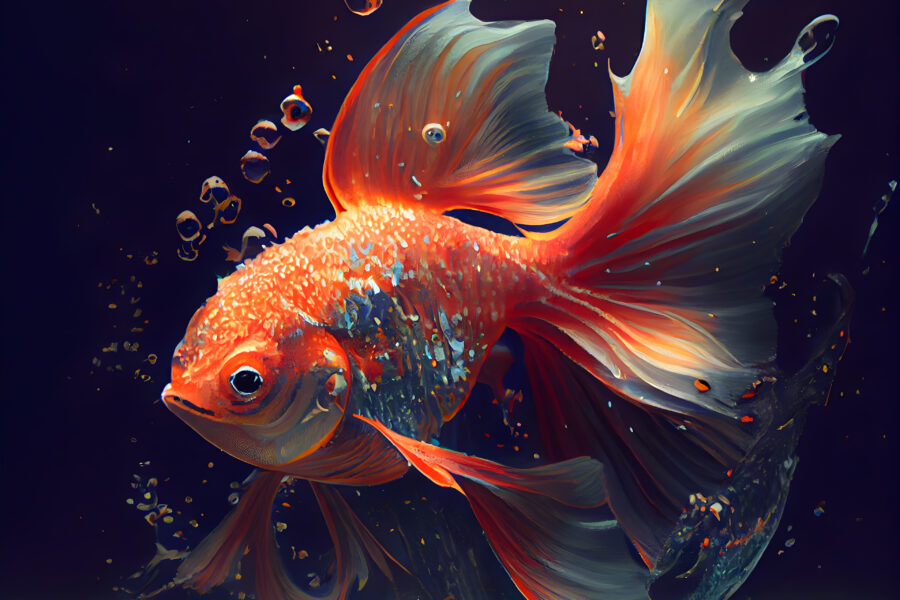
Have you ever come across the term “Popeye” in goldfish and been left scratching your head? Dive in with us on a whimsical journey into the realm of Popeye Disease. We’ll begin by unveiling the true nature of this curious ailment, debunking myths and spotlighting its elusive presence in our cherished goldfish.
Next, we’ll set course towards recognizing the myriad of symptoms, ranging from unmistakable eye changes to peculiar behavioral shifts, and other noteworthy physical signs. Subsequently, we’ll delve into the deeper waters of the disease’s causes, understanding environmental influences, and pondering if perhaps our aquatic friend’s genetic makeup might be beckoning it. Don’t fret, intrepid fish lovers; we’re swimming through this expedition side by side!
Understanding Popeye Disease
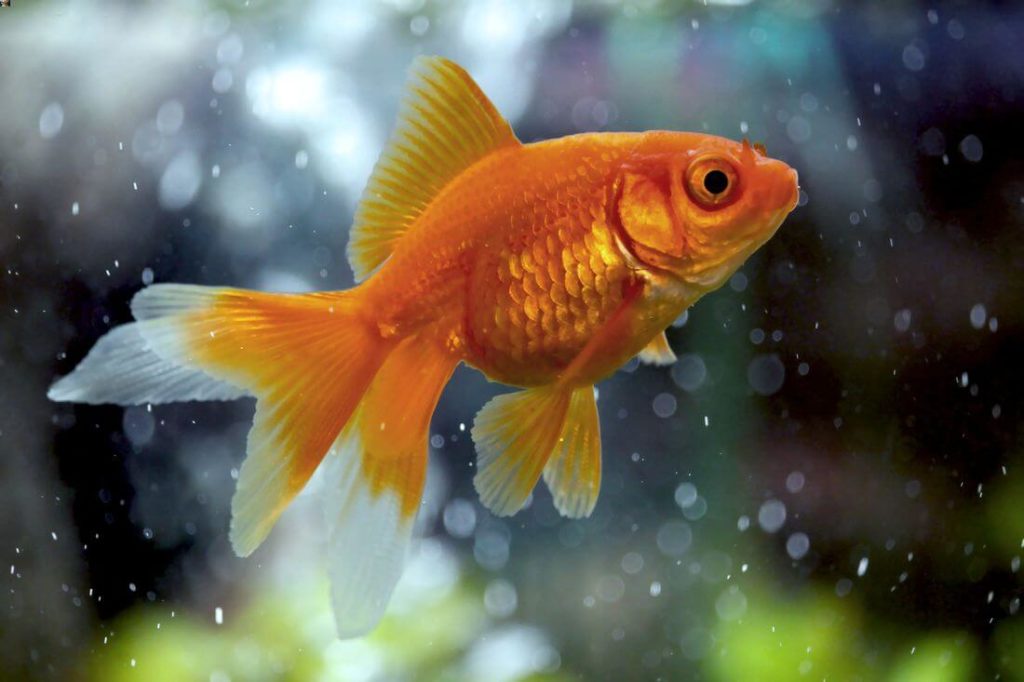
Welcome to the odd world of goldfish ailments, where a name like “Popeye Disease” isn’t a typo.
Defining Popeye Disease
Popeye disease, my dear fish lovers, isn’t a dose of super strength via canned spinach – it’s the unflattering name for exophthalmos. This uncharming condition makes goldfish eyes budge out, like our beloved pipe-smoking cartoon sailor, hence the name. It’s not pretty, but it happens.
Its Presence in Goldfish
“Why goldfish?” you might ask. Sadly, it’s in their deoxyribonucleic acid (that’s DNA to those of us who snoozed in biology). Goldfish, with their bulbous eyes and fancy water-palaces, are particularly prone to Popeye. It’s a diva disease – it likes exotic, ornate types.
Common Misconceptions
“No, Mom, he’s not just trying to see better; he’s not getting ready to bust out some heavyweight squats. It’s a disease,” you say in resistance to common misconceptions. Yes, that’s right, this isn’t super-vision or increased bench-press abilities. It’s an actual ailment needing attention.
Now that we’ve understood what Popeye disease is, prepare to join me in uncovering the clear signs of this ailment, and how to distinguish our fish’s quirky behaviors from experiences of discomfort. Let’s dive into the sea of signs and symptoms of Popeye disease next, shall we?
Spotting the Symptoms
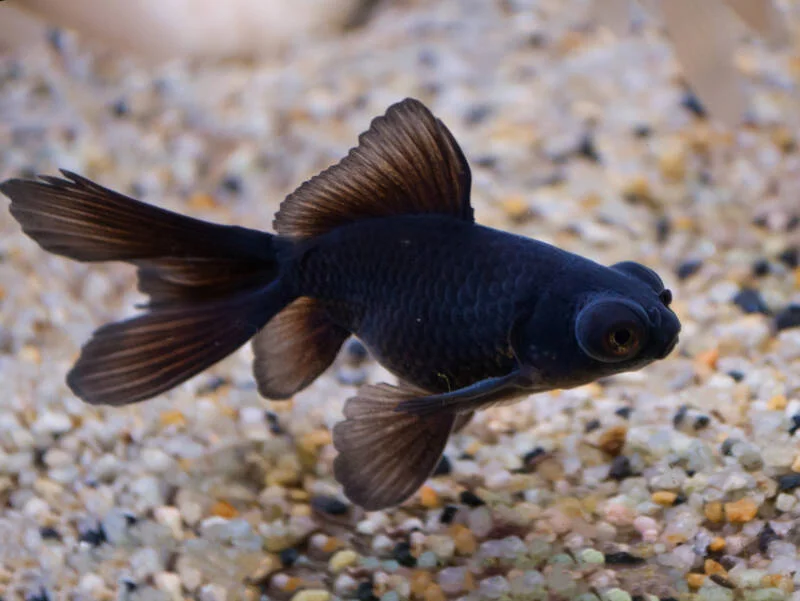
Before you find yourself in the ghastly situation of watching your goldfish swim around like it’s auditioning for a live-action Finding Nemo sequel thanks to the Popeye disease, let’s equip ourselves on how to spot the signs early.
Eye-Related Symptoms
Much like our beloved animated sailor, Popeye, the most telltale sign of Popeye disease in your goldfish is swollen or protruding eyes. But don’t be mistaken, no amount of spinach will fix this one. Keep an eye out for cloudiness or even blood in the eye, as these are further indicators of a fishy situation.
Behavioral Changes in the Goldfish
Switching gears to our fin-tastic friend’s behavior, you might notice a lack of enthusiasm for life beneath the bubbles. A sudden hiding nature or sluggish response to food are not just days of fishy moodiness, indeed, these might be dreadful clues of the Popeye disease whispering, “Hey, something’s fishy here!”
Other Physical Signs
Finally, let’s weigh anchor on other physical symptoms. Yes, there’s more to this than just the eyes. An overall dull appearance, loss of color, or mysterious sores on the little swimmer’s body could send signals that your fish needs a closer look. Remember, health is wealth, even under the sea!
Now, you might wonder, how the heck did my goldfish contract this disease in the first place? Hold your horses, or in this case, your fishnets. Up next, we’re diving deep into the causes behind Popeye disease.
The Causes Behind Popeye Disease
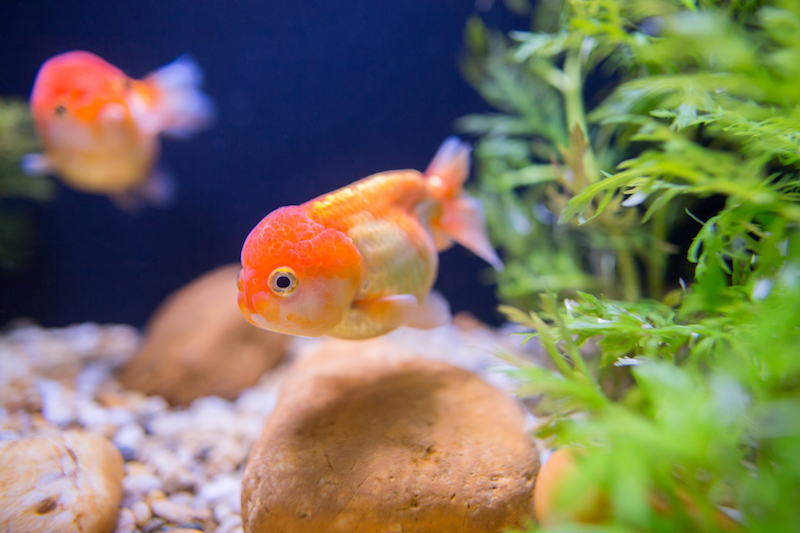
Today we will pull back the curtain on the culprits that set the stage for Popeye Disease in your bubbly companion. Let’s crack open the loo and dive right into its mucky causes, shall we?
Common Triggers of the Disease
Knock, knock. Who’s there? It’s Mr. Bacterial Infection. Unfortunately, he’s often uninvited, and yet, he tends to make himself feel right at home in your goldfish’s eye. With his buddies, Fungi, and Parasites, they throw a mean party in the eye, leading to Popeye Disease. These miscreants love dirty water and subpar living conditions, so cleanliness is indeed next to goldfish-healthiness.
The Role of the Environment
Now you may be wondering, how can you keep these microscopic party-crashers out? Well, your fish’s home environment plays a massive role. Clean water, appropriate temperature, and enough space to swim circles are crucial. And speaking of space, ever wondered exactly how roomy a goldfish’s pad should be? Dive into our article on How Much Tank Space Do Goldfish Need? to get the scoop. To keep your goldfish’s habitat in tip-top shape, it’s vital to ensure regular and thorough aquarium upkeep. Check out our Complete Guide to Aquarium Maintenance for expert advice. By getting these right, you’re essentially positioning a bouncer at the aquarium door, keeping those nasty disease-causing uninvited guests outside the velvet rope.
Genetic Factors
Unfortunately, some goldfishes are more prone to get punched in the eye by Popeye disease, no thanks to their genetic predisposition. Just like humans, certain breeds are more susceptible to certain diseases. So if your finned buddy is bred from a Popeye-disease-prone lineage, extra care is needed.
While some of these causes may give you goosebumps, do not worry. Up next, we will be discussing how you can turn the tables on Mr. Bacterial Infection and his friends, thanks to some effective treatment options. So sit tight and keep your fins crossed!
Treatment Options and Methods
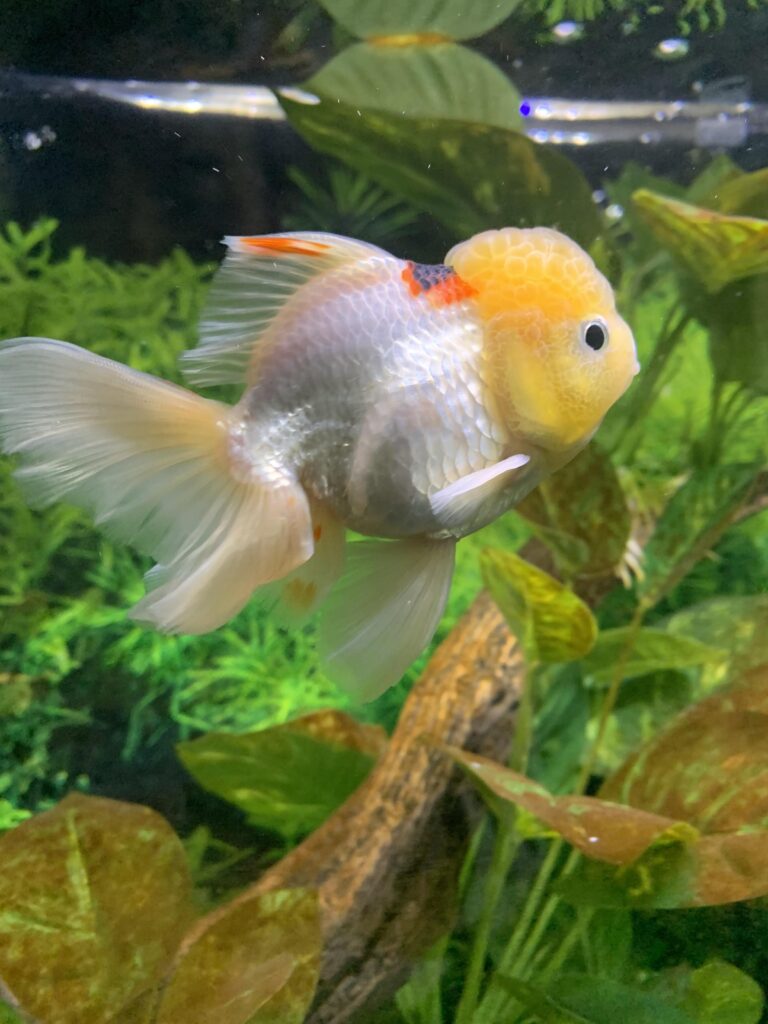
Now, we’ve recognized Popeye, it’s got your goldfish acting like a pirate, complete with the whole eye bit! Don’t fret! Let’s dive into our pool of solutions, and we’ll swim together through this ordeal.
Home Remedies
One word, folks: Cleanliness. Just like we’d appreciate a clean home, goldfish need clean water. So, first response? Water change! Not tap water though, you don’t want to replace one eye bug with another, right? Invest in a dechlorinator or a good water conditioner.
Next, up – Epsom salts. No, it’s not just for your bath — it can ease your fishy friend’s swelling too. Dissolve a teaspoon of it per 5 gallons of water. Ah! It’s like a spa for your goldfish.
Transitioning to our next approach, be ready to embrace modern medicine.
Pharmaceutical Options
If Epsom salt didn’t do the trick, over-the-counter remedies should be your next step. Antibiotics like Kanamycin or Melafix are known to work wonders. But remember, they’re not Pez candy. Read the labels carefully for the dosage.
Always watch for changes after each treatment, but don’t expect an overnight miracle. This is not an infomercial product, results may vary.
Let’s swim to our last point of call, the vet. Ever thought you’d be booking an appointment for your goldfish? Welcome to the club!
Vet Consultation and Suggestions
If home and pharmaceutical remedies are not working, it’s time to call in the pros. Your vet can look into alternative treatments, maybe even a surgery if required. Don’t worry, it’s not as scary as it sounds. They have mini surgeon tools just for this!
A quick tip though, find a vet who specializes in aquatic animals. It can make a world of difference.
Intrigued? Now that we’ve discussed treatments, it’s time now to discuss prevention. The best way to treat Popeye disease is to prevent it altogether! Towel in hand, ready to dry off and continue the journey?
Preventive Measures

Alright, we’ve discussed Popeye Disease: what it is, how to spot it, and the options available for treatment. But the idea of Popeye Disease in your goldfish is not quite as fun as the notion of a spinach-loving sailor, is it? So, let’s set aside the fear and get into the best part – how to prevent that unsightly bulge. Here we go!
Aquarium Maintenance
Creating a proper living space for your fish is as important as finding the right apartment – you wouldn’t want to live in a dump, right? Well, neither would your goldfish. Regular cleaning, changing about 10-20% of the water weekly, and ensuring the water is de-chlorinated, can keep your goldfish healthy and the Popeye Disease at bay.
Goldfish Diet
Feeding your goldfish with quality food is like feeding yourself a balanced diet – remember your 5-a-day mantra? Your goldfish needs a similar balance. Dive deep into our guide on Discover the Best Foods for Your Goldfish for a full menu of fin-tastic options. Looking for the top picks? Check out 5 Best Diet Foods for Your Goldfish to serve up the crème de la crème of goldfish cuisine. But here’s the deal: overfeeding or dishing out bargain-bin food can lead to bad water quality (Aha! The connection with aquarium maintenance). Before you accidentally transform your fish tank into an all-you-can-eat buffet, be sure to read our tips on Strategies to Prevent Overfeeding Your Goldfish. With the right diet, those goggly eyes remain just that, without any hint of Popeye, the Sailor Man.
Monitoring Goldfish Health
Knowing your goldfish’s ‘normal’ is key. Does Fred always rush to the top during feeding or is he the shy type? Observing your goldfish’s regular behavior can raise the alarm if something fishy (yes, pun intended!) is going on, like the onset of Popeye Disease. Routine health checks are as vital for them as our yearly physicals are for us.
So, you’ve waded through preventive measures for Popeye Disease in goldfish. Let’s be honest – you’re almost a fish-eye specialist right now! And armed with this knowledge, you’re all set to keep this ailment from your aquarium. While prevention is your first line of defense, knowing how to assist your goldfish during its recovery is just as pivotal. Let’s navigate the waters of ‘Post-Treatment Care and Recovery’ next, ensuring you’re fully equipped to support Fred through any health hurdles.
Post-Treatment Care and Recovery

Alright, folks, let’s get into the nitty-gritty of what happens after you’ve bravely battled Popeye Disease. Imagine you’re a general, having just fought off an invader (Popeye Disease, in this case) from your precious goldfish kingdom. Now, your mission is to make sure everything gets back to normal and those pesky invaders don’t think of returning!
Ensuring Full Recovery
First up, let’s focus on ensuring your little aquatic friend bounces back to its bubbly self. It’s like the aftermath of a wild fish party – sure, the main event is over, but now you need to clean up the mess and make sure your finned buddy recovers from its hangover. Monitor your goldfish regularly. If its eyes start looking less like a cartoon character and more like its usual self, you’re on the right track!
Steps to Ensure the Condition Doesn’t Return
Okay, step two. Think of this as setting up a security system after a break-in. You don’t want that invader coming back, right? Make sure you keep the water conditions pristine. Consistent water changes, regular tank cleaning, and ensuring your filter is running smoothly are key. If Popeye Disease were a burglar, clean water would be your top-notch alarm system.
Long-term Monitoring and Check-ups
Lastly, make this a part of your routine. Like how you’d regularly check that your house doors are locked, keep a close eye on your goldfish. Note any changes in behavior, any signs of distress, or if it starts watching pirate movies and asking for an eye patch (just kidding on that last part, but you get the gist). Regular vet check-ups won’t hurt either. Better safe than sorry!
Now that you’ve got the after-care down, let’s dive into some personal tales from fellow goldfish enthusiasts. Trust me, their stories are as golden as the fish themselves!
Personal Experiences with Popeye Disease

Let’s step into the fishbowl of goldfish enthusiasts who’ve come face to fishy-face with the infamous Popeye Disease. These are the tales (or should we say tails?) of fish lovers, just like you, who’ve wrestled with Popeye and lived to tell the fish-tale.
Accounts from Goldfish Owners
Meet Cindy. She once told her friends her goldfish looked like it found a set of magnifying glasses. Turns out, it wasn’t trying to play detective; it had Popeye Disease! After a quick trip to the vet and a deep dive into proper fish care, her goldfish no longer looked like Sherlock Holmes.
Then there’s Benny. He thought his fish was trying to join a pirate crew with its bulging eye. After a bit of online sleuthing, he realized he had a case of Popeye on his hands. A few water changes later, his fish went back to its usual non-pirate self.
Aquarists’ Encounters with the Disease
But it’s not just the everyday goldfish owner; even the pros have been blindsided! Aquarist Daniel recalls his surprise when, amidst his school of goldfish, he noticed a little one that looked like it wanted to pop right out and say hello – literally. With his experience, he knew just what to do and got that little swimmer back in tip-top shape in no time.
Challenges Faced and Outcomes Achieved
The road to fishy recovery isn’t always smooth sailing. Like Jake, who tried three different treatments before finding the right one. Or Lucy, who had to upgrade her entire aquarium system to ensure the disease didn’t make an unwelcome return. But with patience and perseverance, their finned friends emerged healthier and happier.
After hearing these goldfish adventures, you might wonder, how can you keep your fishy friend safe and sound? Don’t worry; we’ve got the lowdown coming right up. So, keep swimming through these pages (or scrolling, if you’re digital like that)!
Wrap Up
Indeed, the elusive Popeye disease in goldfish has been untangled. It’s not a myth but a reality which can manifest in your beloved aquatic pet through obvious eye symptoms, sneaky behavioral changes and underlying physical signs. Common misconceptions can mislead, but understanding its various triggers, environmental influences and genetic factors, will better equip us to face this piscatorial pitfall.
It’s important to underscore the availability of a range of treatment methods. These include effective home remedies, trustworthy pharmaceutical options, or the reliable advice of a seasoned vet. Prevention, as always, is better than cure, so never underestimate the value of consistent aquarium maintenance, a balanced diet and a vigilant eye on your goldfish’s health.
Frequently Asked Questions (FAQ)
Question: What exactly is Popeye disease in goldfish?
Answer: Popeye disease, also known as exophthalmia, is a condition where a goldfish’s eye bulges or protrudes outward, often due to an infection or injury.
Question: Can you cure Popeye disease in goldfish?
Answer: Yes. Most cases of Popeye disease can be effectively treated if caught early. Treatment methods vary, but it often involves medications, water treatments, and sometimes even surgery.
Question: Can other fish in the aquarium contract Popeye disease?
Answer: While Popeye disease isn’t typically contagious, the conditions that caused the disease – like poor water quality or bacterial infections – can affect other fish.
Question: How can I prevent my goldfish from getting Popeye disease?
Answer: Regularly monitoring the health of your goldfish, maintaining good water quality, ensuring a healthy balanced diet, and reducing stressful conditions can help prevent Popeye’s disease.

